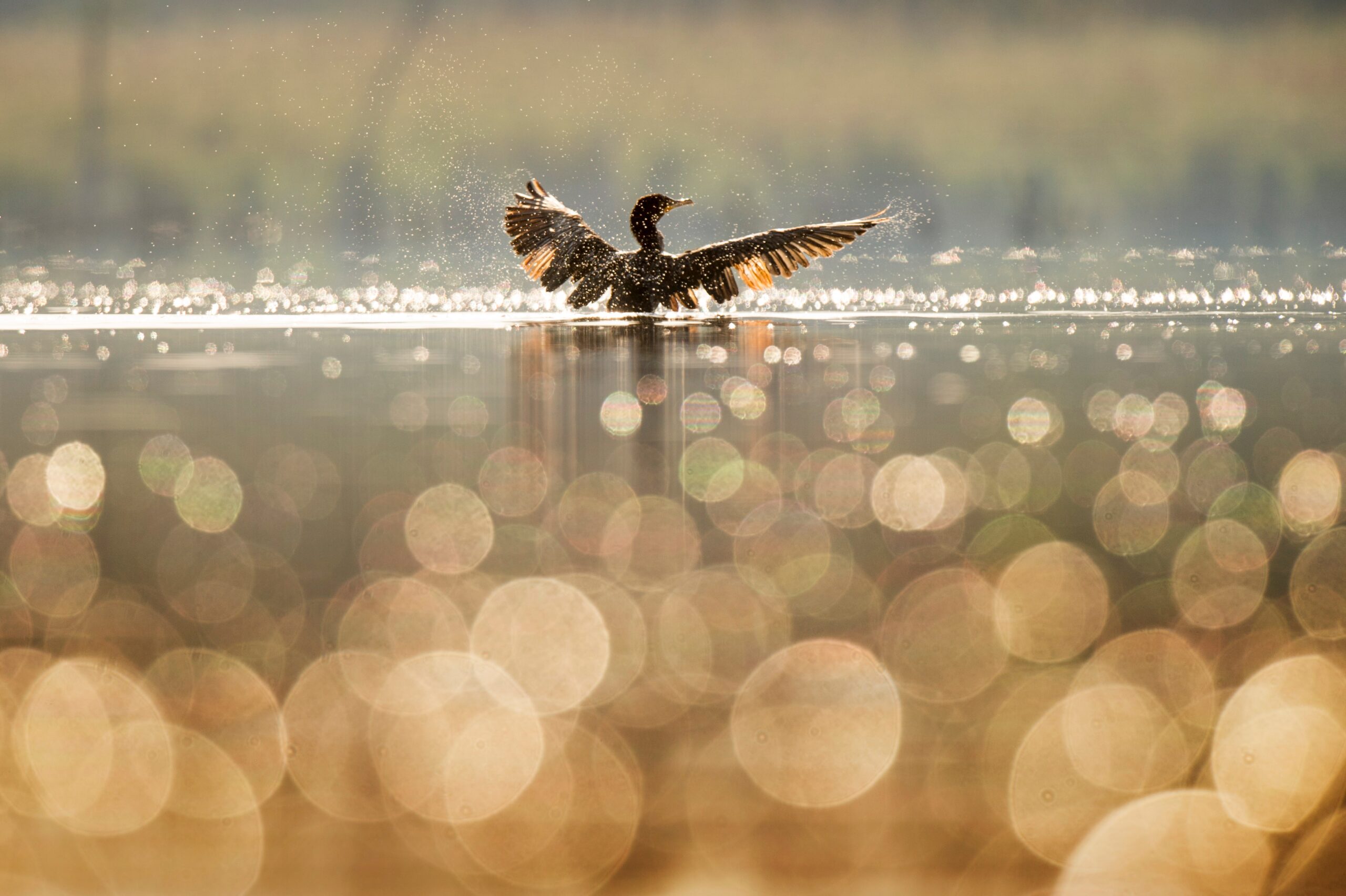When I first wrote about the controversy surrounding double-crested cormorants in the Great Lakes for Seasons (now ON Nature) magazine in 2002, a scientist with the provincial government assured me: “We view these birds as an important part of the ecosystem, and we don’t want to see them disappear.” That no longer seems to be the case.
Last December, Ontario’s Ministry of Natural Resources and Forestry (MNRF) proposed new measures for controlling cormorant numbers. If adopted, they will be nothing less than a means for recreational hunters to exterminate the species in the province. The plan is a retrograde expression of our notion of having dominion over animals.
You may unsubscribe from any of our newsletters at any time.
Cormorants have been unfairly hated worldwide for centuries. The poet John Milton didn’t help matters in 1667 by casting a cormorant, with its black plumage and serpentine neck, as the devil in Paradise Lost. Today, some anglers and commercial fishermen insist that the “devil bird” negatively impacts fish species, such as perch and bass. Other people don’t like the messiness of cormorant colonies and have blamed them for limiting numbers of black-crowned night herons in certain areas.
But the science in support of these claims has been thin at best. If anything, cormorants in the Great Lakes may be critical to controlling an invasive fish species, the alewife, that competes with desirable fish. Linda Wires, a conservation biologist with the U.S. Fish and Wildlife Service, has long criticized the methodology of the science that’s pitted against these winged creatures. In her 2013 book, Double-Crested Cormorant: Plight of a Feathered Pariah, she writes: “It is my hope that by revealing aspects of the double-crested cormorant’s biology and history, along with the politics shaping its management, some will rethink its role in the ecosystem.”
This rethinking hasn’t happened in Ontario. The MNRF’s latest policy proposal, which cites no scientific literature, will classify the double-crested cormorant as a “game” species. But they will be treated much differently than other game birds. Their hunting season will run for nine months, across the entire province, with hunters allowed to kill up to 50 birds a day, with no seasonal limit.
Hunters will also be permitted to let the meat spoil (although they’ll have to retrieve carcasses), something not permitted with normal game species. The plan allows for a mass slaughter, with hunters free to approach flocks or nesting colonies in boats and blast away at young and old, male and female.
Culls like this are an old song that we still insist on singing. In the 1920s, we poisoned wolves in Ontario’s Algonquin Park in a misguided effort to support deer populations for sport hunters. In the 20th century, orcas were considered a threat to the B.C. salmon fishery and shot on sight. In 2019, we seem to think an entire native bird species should be slaughtered for no scientifically compelling reason.
We almost lost cormorants in the Great Lakes to toxic DDT pesticides in the 1970s, and their recovery was a triumph of environmentalism. Now, we can’t seem to wait to get rid of them. If the new regulations are approved, many people across all political spectrums will be delighted. It is what people are asking for these days: permission to be cruel, to satisfy their own narrow interests of what is right and necessary.
This story originally appeared in the March/April 2019 issue of The Observer. For more of Broadview’s award-winning content, subscribe to the magazine today.














